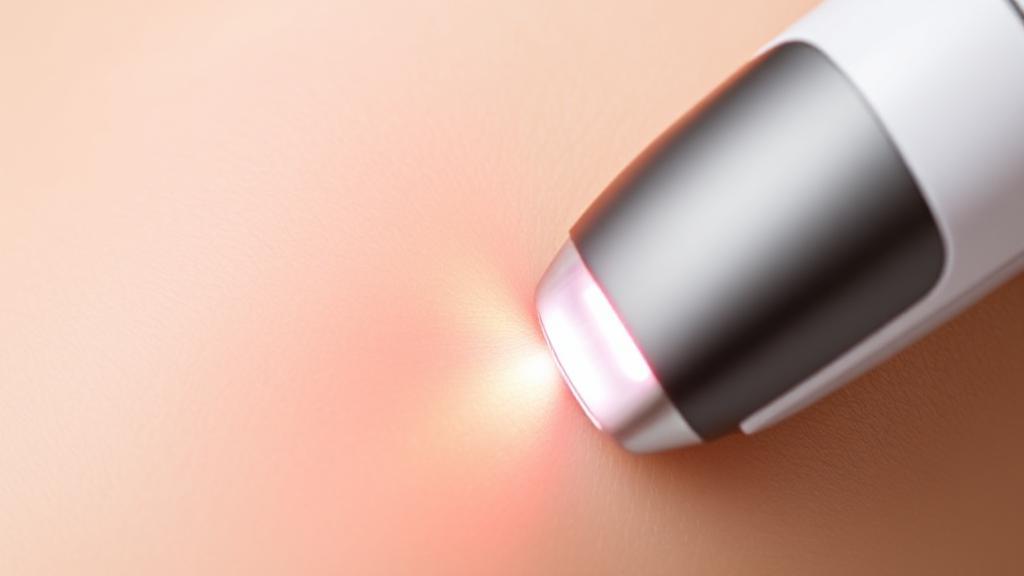Understanding Laser Hair Removal
Laser hair removal is a popular cosmetic procedure that uses concentrated light beams to target and destroy hair follicles, reducing hair growth over time. The process involves a laser emitting light absorbed by the melanin in the hair, operating on the principle of selective photothermolysis, where the laser targets melanin while leaving surrounding skin tissue undamaged.
Types of Lasers Used
- Alexandrite Laser: Best for light to olive skin tones
- Diode Laser: Effective for light to medium skin tones
- Nd:YAG Laser: Suitable for all skin types, including tanned skin
- Ruby Laser: Primarily used for very light skin tones
Effectiveness and Results
Key Factors Affecting Results
Skin and Hair Color
- Light skin and dark hair
- High contrast between skin and hair color
- Coarse hair texture
"The greater the contrast between skin and hair color, the better the results," explains the American Academy of Dermatology.
Expected Results
Studies show that after a complete treatment course:
- 70-90% reduction in hair growth
- Remaining hair is often finer and lighter
- Results visible after 2-3 sessions
- Multiple sessions required (typically 6-8 treatments)
- Sessions spaced 4-6 weeks apart
Factors That May Reduce Effectiveness
| Factor | Impact |
|---|---|
| Hormonal conditions | May stimulate new hair growth |
| Light or gray hair | Poor response to treatment |
| Tanned skin | Increased risk of complications |
| Certain medications | May affect sensitivity to treatment |
Preparation and Aftercare
Pre-Treatment Guidelines
- Avoid sun exposure for 2 weeks before treatment
- Stop plucking or waxing 6 weeks prior
- Shave the treatment area 24 hours before
- Avoid using makeup, lotions, and perfumes on the treatment area
Post-Treatment Care
- Apply cool compresses for discomfort
- Use broad-spectrum sunscreen
- Avoid excessive heat exposure
- Follow all aftercare instructions
Safety and Side Effects
Common side effects include:
- Temporary skin irritation
- Changes in skin pigmentation
- Redness and swelling
- Rarely: blistering, scarring, or changes in skin texture
For a comprehensive list of potential side effects, check out this article.
Cost-Effectiveness Analysis
Though laser hair removal has a higher upfront cost, its long-term benefits often make it more economical than continuous traditional hair removal methods.
Finding a Qualified Provider
To ensure optimal results:
- Choose a board-certified dermatologist or licensed technician
- Verify the facility's credentials
- Check reviews and before/after photos
- Confirm the type of laser being used is appropriate for your skin type
For more information on laser hair removal, visit the American Society for Dermatologic Surgery or consult with a qualified dermatologist or cosmetic specialist to develop a personalized treatment plan.
